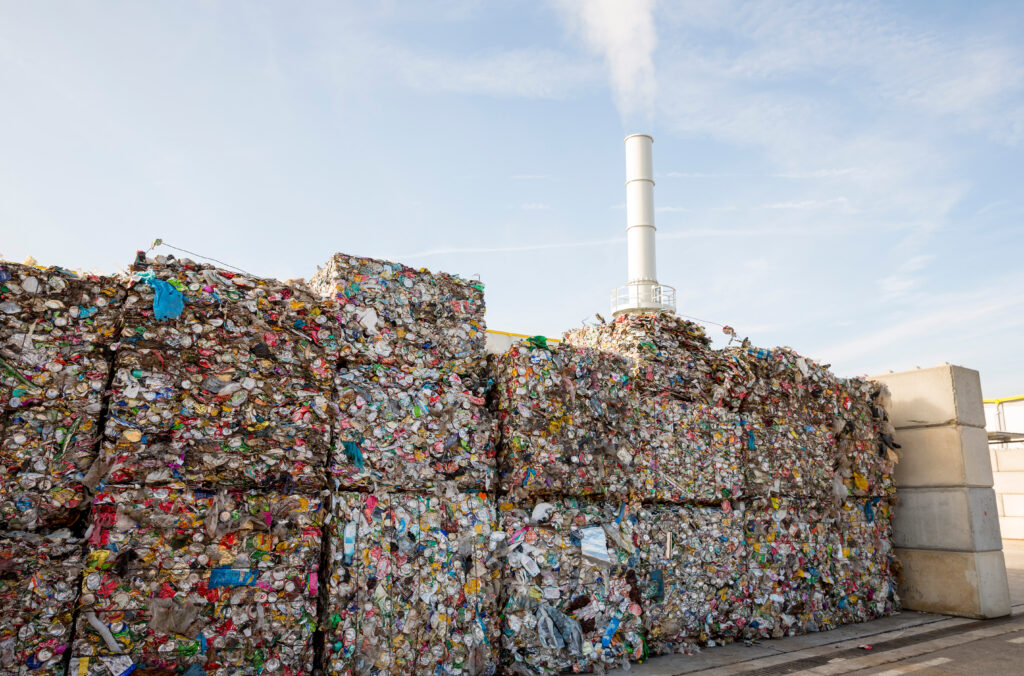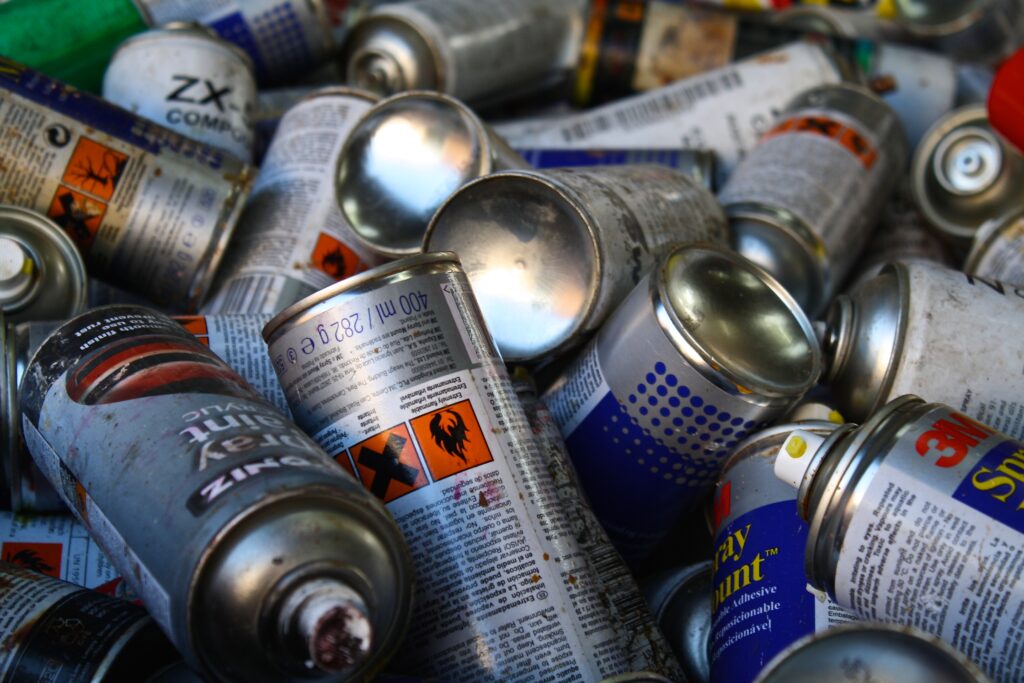Steve Robinson, chair of the abandoned vehicles and ELVs working group at the CIWM, said that local authorities need to know if ELVs should be classified as household, commercial or industrial waste.
Speaking at Recycle North’s Autumn meeting yesterday in Scunthorpe, Mr Robinson said that the Department for Environment, Food and Rural Affairs had failed to give a clear answer to the problem when repeatedly pressed.
The problem arises because local councils have statutory targets set by the government for the recycling of household waste, and need to know whether ELVs count towards those targets. DEFRA's first response on the matter was that ELVs should be classified as household waste, since most of the 2 million vehicles that come to the end of their lives each year belonged to householders.
But Mr Robinson said that when he asked whether ELVs would therefore count towards household waste targets, he said DEFRA changed its mind. Instead, it seems that ELVs will be classified as industrial waste, but the government have failed to confirm this decision in writing.
“The government needs to sort this out,” Mr Robinson said.
Rebate
Meanwhile, Mr Robinson said that the costs of dealing with abandoned vehicles could amount to more than 500,000 for councils until some form of producer responsibility comes into force when the UK regulations on ELVs come into force in 2007.
The Secretary of State for Industry, Patricia Hewitt, has said that the Department of Trade and Industry will assist local authorities in paying for orphan vehicles until 2007, when motor manufacturers will take on the responsibility. The DTI's assistance would be based on councils producing Certificates of Destruction for each car that it handles.
Mr Robinson said: “Local councils have insufficient budgets to deal with the amount of abandoned vehicles increasing, and de-polluting requirements under the directive could add as much as 60 to 100 on the current costs to local authorities per car. At the moment, treatment costs range around 40 per car to dispose of, however, these additional costs could prove crippling to local authorities.”
He added that even though producer responsibility would eventually cover these costs, “effective dates for producer responsibility have not been set, and no one knows when the directive will definitely be implemented, and therefore it is hard to plan.”
A spokesman for the DTI told letsrecycle.com that they cannot announce the scale of assistance to local authorities until the system of implementation for the ELV directive in the UK has been fully decided.
For more information on the ELV directive, see the letsrecycle.com legislation section.










Subscribe for free